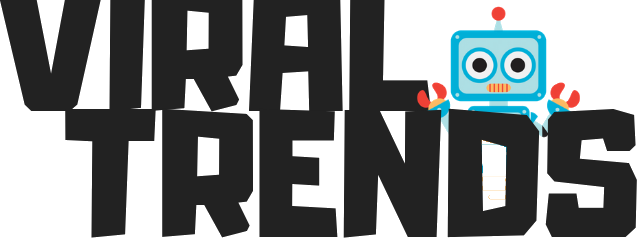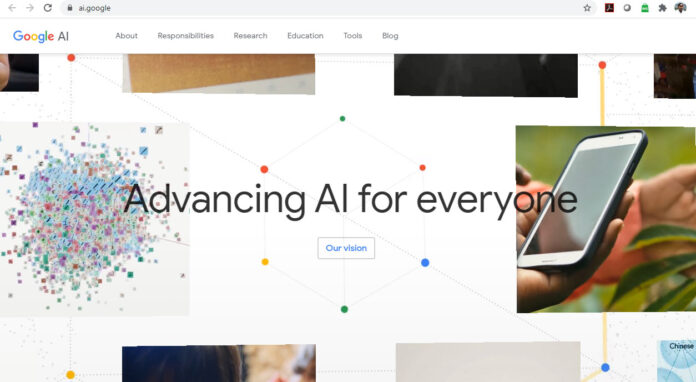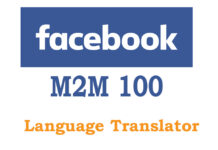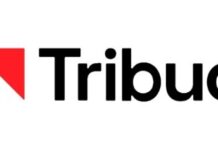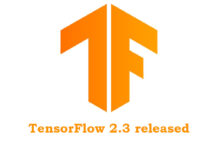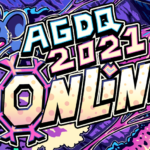We all rely on Artificial Intelligence for almost most of the modern tasks that are beyond human capacity. Even if humans are capable of performing something, AI helps substantially. With its aid, work gets a whole lot easier.
Despite all the dependence, most of the developers are unable to crack how AI actually does function. This is commonly referred to as “black box” issue.
Such obstacles are faced very often by the developers especially when it comes to NLP. Developers can burn through a ton of time attempting to make sense of what turned out badly when their models don’t run just as anticipated. A week ago, American tech giant, Google Research delivered a solution for this issue with another open-source expository platform: the Language Interpretability Tool (LIT).
LIT serves as a toolbox for better comprehension of NLP model.
- It helps with local clarification along with guide and rich perceptions of remarkable quality for model prediction.
- It permits total investigation, including measurements, embedding spaces and adaptable cutting.
- It is capable of letting users juggle consistently between the above to test theories and approve a dataset.
- It permits contrast between two models or two information focuses on a similar interface
- The toolbox allows for data points to be added whenever required.
Written in TypeScript, LIT UI is capable of handling inaccessible Python that stores models, datasets, counterfactual generators and other translation parts.
As a result, Google worked on LIT while keeping in mind principles like-
- The toolbox should be adaptable to help a wide scope of NLP undertakings, including arrangement, seq2seq, language displaying and organized forecast.
- It must be extensible so it could be reconfigured and stretched out for recently included workflow.
- Compatibility wise, it must work with any model that can run from Python
- Above all, Simple to use and uncomplicated nature with just a modest quantity of code required.
Ads: Learn TensorFlow programming at TensorFlow 2 Tutorials and Data Science at Guide to Data science, machine learning, deep learning and artificial intelligence.
